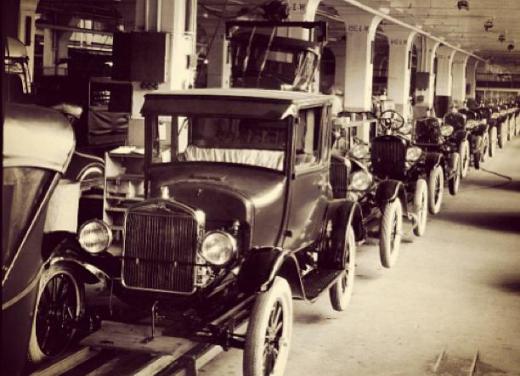A bench assembly is a component that has been assembled off of the assembly line at a work station. Often, a component of a main assembly requires extensive individual attention in a manufacturing facility. When this occurs, it is given the moniker "bench assembly" and assembled on a workbench from a series of parts and pieces. Once assembled, the bench assembly piece is often fastened or attached to the main assembly by the worker who assembled the sub-assembly on the bench. In some cases, an entire crew or a single worker is responsible for all bench assembly components for an entire work shift.
The father of the assembly line, Henry Ford of Ford Motor Co., also created bench assembly. By having certain intricate sub-assemblies assembled as a whole, off to the side of the main assembly line, Ford learned that he could save valuable time in the total assembly process. Eventually, all sub-assemblies were built in a dedicated area of the manufacturing plant and taken to the location on the assembly line where they were to be joined to the main components. The Ford Motor Company continued this tradition with specialty-built automobiles, in which the entire engine assembly is built by a single worker, then installed in the automobile on the assembly line.

In carpentry applications, a bench assembly often involves a heating or cooling component. These systems frequently require sub-assembly away from the permanent mounting location prior to being installed. Some plumbing assemblies are also created as a bench assembly and then worked into place in the plumbing system. Tight and restrictive space constraints mandate this type of assembly procedure in many buildings. The plumbing components can also be checked for leaks much easier when assembled on a bench, resulting in a superior quality septic and drainage system.

When examining a complex manufacturing process, the benefit of using bench assembly components is obvious. In order to create a complete assembly, the creation of many smaller assemblies can be incorporated into the manufacturing design. Small sub-groups and assemblies are combined in a properly choreographed system of design and engineering to become a final product that often could appear nearly impossible to create. Moreover, many of these products must be disassembled in small sub-groups as well to complete required maintenance and repair. Once removed from the larger component, the small bench assembly can be taken down further and cleaned, lubricated and inspected prior to reassembly.
